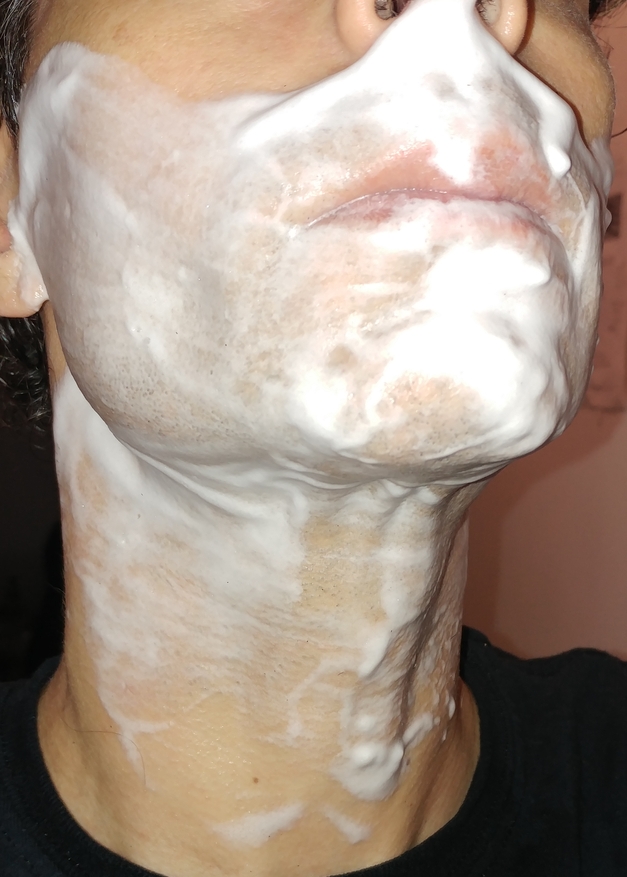- Thread starter
- #61
Yes, I remember seeing those! I was fascinated, but I don't think I want to bring that precision into my shaving routine. As an extremely left brained educated physicist working as an engineer, my shaving routine is to relax and unwind and I like to view it as more art than science. It balances my life just a little. Yin and Yang... It's very tempting to start measuring out soap and water, but I feel it would be detrimental to my life as a whole. I have fought these battles before, where my hobbies were also very left brained activities, and the result was not good for me.
I've actually removed my small scale from the bathroom and don't even weigh my soap usage anymore. I still need to stop tracking my shaves per blade, but I'm getting there! Baby steps...
Sorry to get off track, but wanted to share my perspective. Carry on brother!
Hey, it's all cool, bro!
 I'm not advocating that anyone measure out soap or water. It's just what I do with my crazy lather optimization stuff. I like the consistency. The results are for anyone that wants to use them, not so much that they have to measure mass or volume---they could if they wanted to---but they could use the results even if just to see how I'm ranking the soaps and creams and the relative differences between the optimum lathers. Seeing that one soap's optimum uses twice as much water as another soap's optimum could be useful. The ratios of water to soap/cream actually show what is and is not a "thirsty" soap, which has never been quantitatively defined before, as far as I know. I think that the inclusion of lather-building time has benefits, too. I know what it's like to work as an engineer, so I know what you're talking about with balance and not getting crazy. Sometimes, I can't help it. It seeps in. Oh well. At least you've managed to get your scale out of your bathroom. Thanks for your perspective! We'll both carry on!
I'm not advocating that anyone measure out soap or water. It's just what I do with my crazy lather optimization stuff. I like the consistency. The results are for anyone that wants to use them, not so much that they have to measure mass or volume---they could if they wanted to---but they could use the results even if just to see how I'm ranking the soaps and creams and the relative differences between the optimum lathers. Seeing that one soap's optimum uses twice as much water as another soap's optimum could be useful. The ratios of water to soap/cream actually show what is and is not a "thirsty" soap, which has never been quantitatively defined before, as far as I know. I think that the inclusion of lather-building time has benefits, too. I know what it's like to work as an engineer, so I know what you're talking about with balance and not getting crazy. Sometimes, I can't help it. It seeps in. Oh well. At least you've managed to get your scale out of your bathroom. Thanks for your perspective! We'll both carry on! 
Last edited:





 It's good that you've been able to compromise your love of brushes and reduce your face lathering time down to less than a minute. Less time works better. Those new Omegas of yours are just going to have to get used to it.
It's good that you've been able to compromise your love of brushes and reduce your face lathering time down to less than a minute. Less time works better. Those new Omegas of yours are just going to have to get used to it.